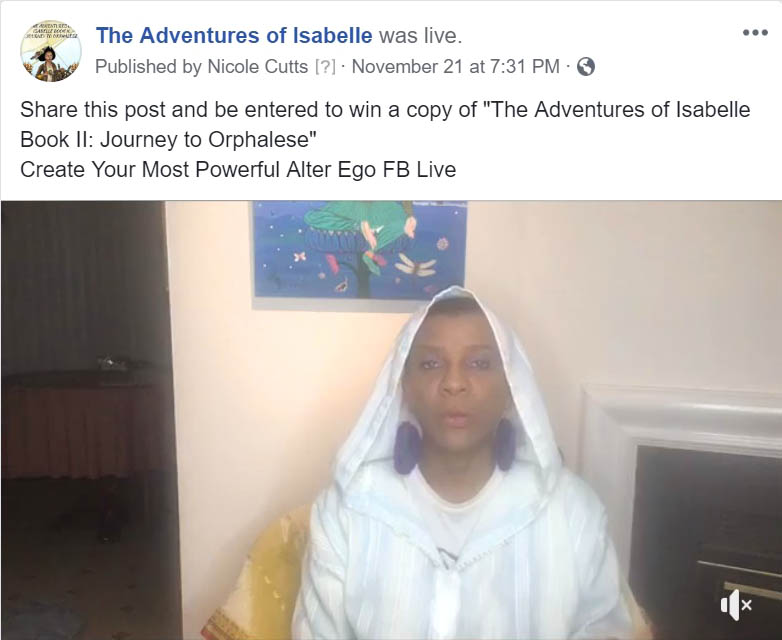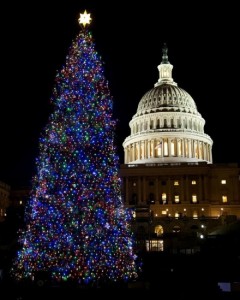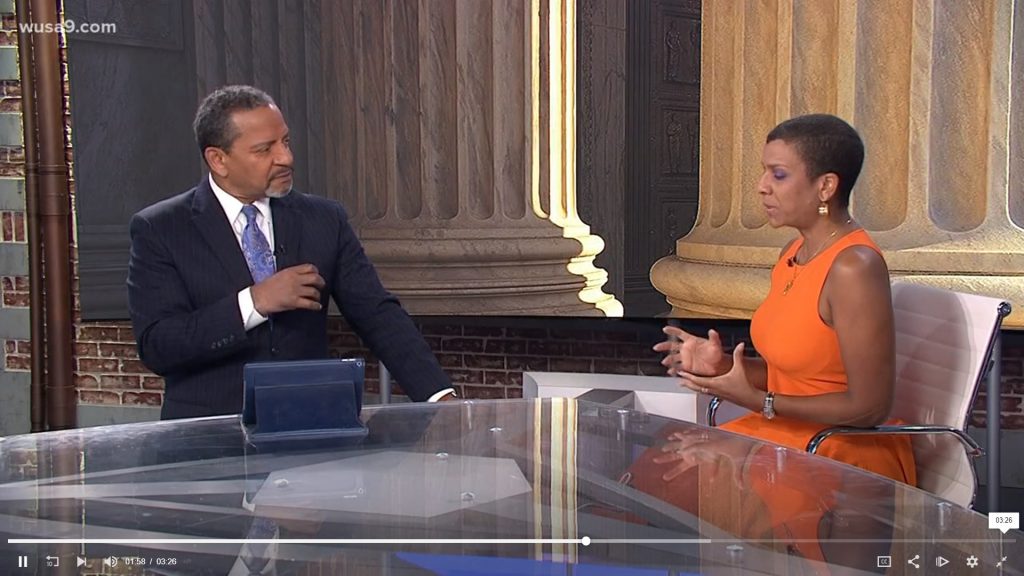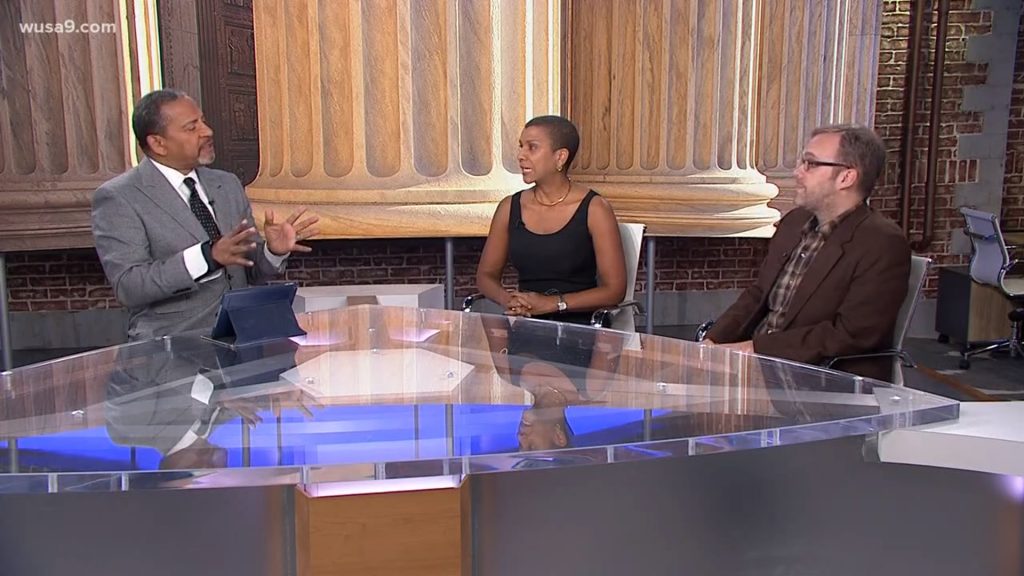
What is an Alter Ego and Why do You Need to get One (or more)?
In Latin, alter ego literally means “second I” which is believed to be distinct from a person’s normal or everyday personality.
In a literary analysis of fiction and other narrative forms, the term alter ego is used to describe a key character in a story who is perceived to be the work’s author (or creator) intentional representative of, by virtue of oblique similarities. Princess Isabelle, the main character of my fictional series The Adventures of Isabelle is an example of this sort of alter ego.
While many famous alter egos such as Diana Prince’s “Wonder Woman,” Beyoncé Knowles “Sasha Fierce” and Tony Stark’s “Iron Man” represent a heroic second self this is not always the case. In Robert Louis Stevenson’s classic The Strange Case of Doctor Jekyll and Mr. Hyde, Dr. Jekyll is a good-hearted, honorable man; but after taking a potion, his alter ego, the loathsome and diabolical Mr. Hyde, takes over his personality!
The type of alter ego we will be discussing in this article can be defined as, “a second-self created by an individual to live out a better, more heroic version of the self.”
So, why do you need to create an alter ego? There are several benefits!
Some of the benefits of having an alter ego:
- It’s empowering, helping you step out of your comfort zone or Ordinary World*.
- It provides you with a character through whose eyes to see your life as a heroine’s quest or journey. [You may want to check out my FREE course, “Write Your Own Heroine’s Quest”]
- You have a persona through which you can channel your genius.
- It can give you distance or objectivity from yourself.
- You have a template to use in difficult situations, a sort of WWJD shortcut but instead, it would be WW (fill in name of your alter ego) D.
What are Female Archetypes?
An archetype is “A very typical example of a certain person or thing, An original which has been imitated; a prototype or a recurrent symbol or motif in literature, art, or mythology” (Oxford Dictionaries).
*The mundane world in which the heroine lives prior to heeding the Call to Adventure (Vogler, 2007).
In Carl Jung’s psychoanalytic theory archetypes are highly developed universal elements: archaic patterns and images, that derive from the collective unconscious* and are the psychic counterpart of instinct. Jung believed there were four primary archetypes contained in the collective unconscious: the Self, the Persona, the Shadow and the Anima/Animus or the Soul.
According to Jungian psychology…click to download the full article: How to Create Your Most Powerful Alter Ego
For our purposes, I will be focusing on four types or clusters of female archetypes that are not necessarily elucidated by Jung: The four archetype clusters we will focus on are; 1. Witch/Sorceress, 2. Love Goddess, 3. Warrior Princess/Huntress and 4. Priestess/Shaman.
I will also only be focusing on the positive aspects of these archetypes because it is from this vein that you can mine the best they have to offer to incorporate into your chosen powerful alter ego.
Characteristics of the Four Archetype Clusters:
1. Witch/Sorceress (Medicine Woman, Cook, Midwife, Healer, Doctor, Artist, Seamstress): These archetypes are very powerful, able to cast spells, control natural forces, heal illness and create something out of nothing or very little. They may live outside the bounds of traditional society but not necessarily. They also possess strong powers of influence often being charismatic, magnetic or seductive but overt or covert sexuality is not crucial to fit this category but merely one possible expression of her immense personal power. The Witch/Sorceress can also be nurturing and sought out by others for help, healing and succor.

Click image to view video from 10.31.18
This grouping also includes the Crone or elderly wise woman. The Crone is often associated with… click to download the full article: How to Create Your Most Powerful Alter Ego
2. Love Goddess (Seductress, Vixen, Wife): There are two sides to this very powerful archetype. One is concerned with love and marriage and the other more associated with sex and lust. The side associated with marriage is represented as the Wife or a believer/protector of the institute of marriage and views sex as a means to express love and to procreate within the context of marriage. The power of this side of the goddess of love is in her ability to provide a safe nurturing place for her mate and children. She may also use her sexual powers in this context to bond her man to her in love and to ensure the security and sanctity of her home. The expectation of monogamy from her mate is an important aspect of this archetype that she takes very seriously and if not respected can bring great punishment on her erring mate!

Click image to view video
The other side of the Love Goddess archetype is more concerned with lust: hot, romantic love affairs and…click to download the full article: How to Create Your Most Powerful Alter Ego
3. Warrior Woman (Warrior Goddess, Warrior Princess, Warrior Queen and Huntress):
The Warrior Woman is an ancient archetype. Some of the permutations of this archetype include the Warrior Goddess, Huntress and my favorite: the Warrior Princess! Mythology is replete with warrior goddesses like the Roman Bellona, who fought with her brother Mars; and the Norse goddess Alfhild, who fought dressed as a man. There are legends of female warriors like the Amazons. The Celts had warrior queens trained in the arts of warfare. There are also historical female warriors like the Roman gladiatrix (female gladiators), Dahomey female warriors, the Celtic Queen Boudicca, the Anglo-Saxon Aethelflaed, and the Chinese Fu Hao.

Click image to view video
The primary characteristics of this archetype are; courage, fierceness, physical emotional and spiritual strength and protectiveness. The true strength of this archetype is grounded in the divine feminine. While many may wish to ascribe masculinity to warrior traits, this is a mistake. She is divinely feminine because…click to download the full article: How to Create Your Most Powerful Alter Ego
4. Priestess (Shaman, Professor, Teacher, Librarian, Wise Woman, Nun):
The Priestess archetype embodies the Mysteries: the hidden laws of nature and the universe. Her domain is intuitive awareness, the subconscious, insight and secret or “occult” knowledge of the unknown, spirit realm. Her presence embodies depth.

Click Image to View Video
The Priestess/Shaman/Nun is a connector or facilitator between the material and the spiritual worlds. She mediates the powerful spiritual, psychological and emotional energies that makeup who we are. Priestesses know how and seek to teach others how to detach from inner and outer storms and how to connect deep inner truths and resources with their concrete experience of life.
Priestesses reveal the unknown regions of our minds and spirits to us via…click to download the full article: How to Create Your Most Powerful Alter Ego
Six Steps to Create Your Most Powerful Alter Ego:
According to Marelisa Fabrega there are six steps you can follow in order to create an alter ego. You by no means need to stick to these six steps but if you want help getting started they may be quite useful.
These steps [modified from Fabrega] are the following:
- Determine Why You Want an Alter Ego
- Figure Out Your Alter Ego’s Personality
- Create a Distinct Image
- Choose a Name
- Adopt a Mantra or an Invocation
- Inhabit the Personality of Your Alter Ego (as needed)
The Six Steps in Detail…click to download the full article: How to Create Your Most Powerful Alter Ego
 Adventures of Isabelle on Amazon Kindle (e-book) AND the recently published, Book II: Journey to Orphalese!
Adventures of Isabelle on Amazon Kindle (e-book) AND the recently published, Book II: Journey to Orphalese!

















